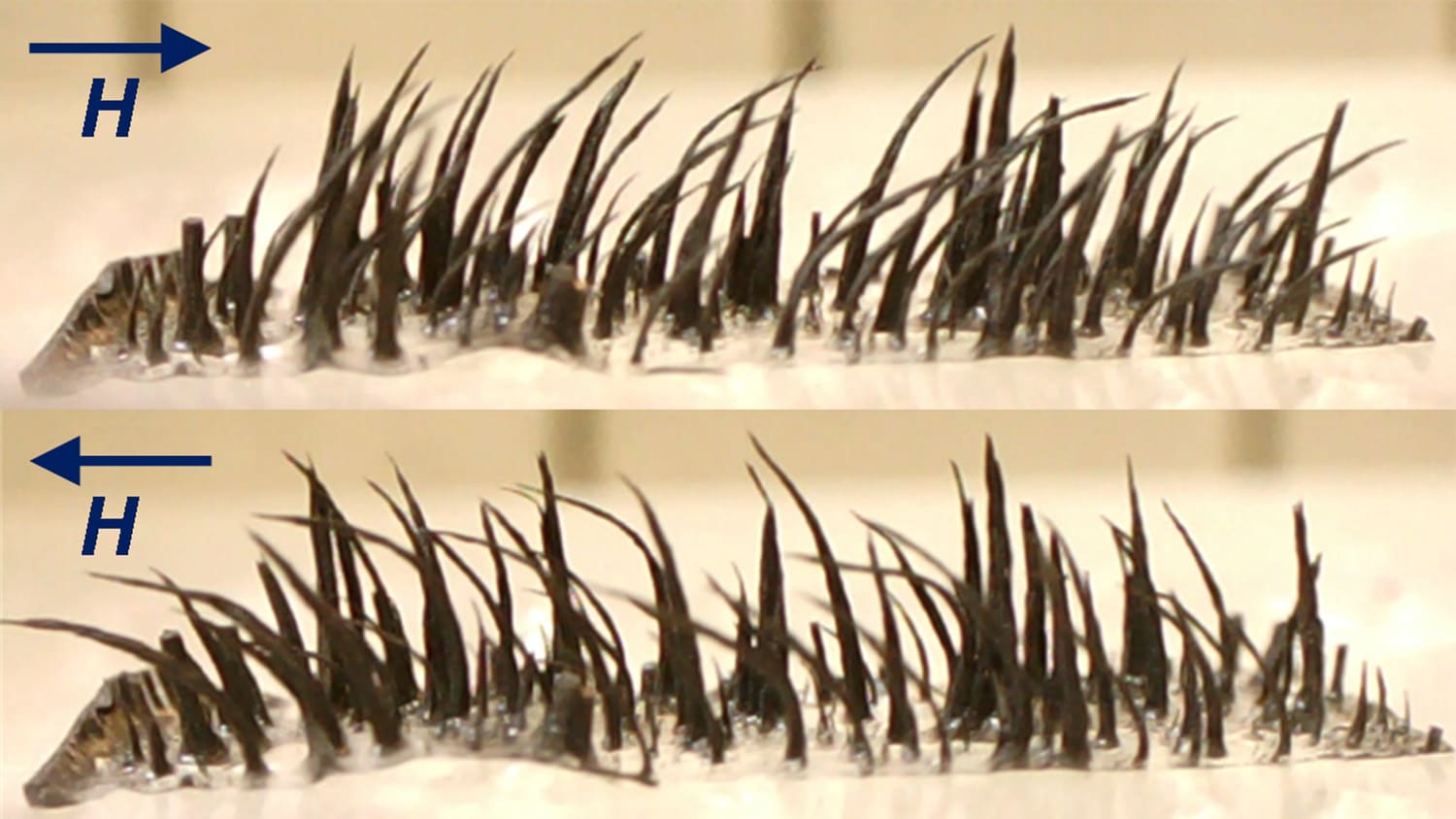Study Finds Circle Hooks Lower Catch Rate For Offshore Anglers
Anglers are required to use circle hooks in some fishing tournaments because they are less likely to cause lethal injuries in billfish, such as marlin. However, research from North Carolina State University shows that broadening circle hook requirements could adversely impact charter and recreational fishing, since they make it more difficult to catch non-billfish.
“We wanted to know whether circle hooks are effective as conventional J hooks when angling for non-billfish – such as yellowfin tuna – in North Carolina waters,” says Paul Rudershausen, a research assistant in NC State’s biology department and lead author of a paper describing the research. The NC State team worked with charter boat captains and mates who were experienced with use of circle hooks to look at the efficacy of circle hooks versus J hooks when trolling offshore with rod and reel. The findings are relevant for similar fishing efforts in other waters where these same species occur.

A “circle hook” is defined as a circular hook in which the point of the hook is perpendicular to – and aligned with – the shank of the hook. This differs from a J hook, which is shaped like the letter J.
Studies have found that circle hooks are less likely to mortally wound billfish during recreational or charter fishing. As a result, the National Marine Fisheries Service instituted regulations requiring anglers in Atlantic billfish tournaments to use circle hooks when using natural baits. J hooks are still permitted if an angler is using purely artificial bait.
Anglers and fishing industry observers have speculated about the possibility that circle hook regulations may be expanded to fishing outside of billfish tournaments – even when anglers are not fishing for billfish – to protect billfish species that may be caught inadvertently.
This speculation led NC State researchers to determine whether circle hooks would be as effective as J hooks when fishing for non-billfish species. The answer is no.
The researchers looked at the relative effectiveness of circle and J hooks for three popular sporting fish: dolphinfish (often called mahi mahi in the Pacific), yellowfin tuna and wahoo. “Circle hooks were roughly 60 to 70 percent as effective at catching these three species as J hooks,” Rudershausen says.
The researchers found that the fish would still strike at the bait, but that the hook was significantly less likely to set in the mouth of the fish. However, when the hook did set, anglers were just as likely to be able to get the fish to the boat.
“The charter ocean fishing industry is economically significant in North Carolina,” Rudershausen says, “receiving approximately $65 million in for-hire fees in 2009. The concern is that circle hooks would drive down catch rates – which could result in fewer clientele for North Carolina’s offshore charter fishing industry.”
The researchers hope to work with economists to better capture the potential economic impact of any expansion of circle hook regulations.
The paper, “A comparison between circle hook and J hook performance in the troll fisheries off North Carolina,” was co-authored by Dr. Jeffrey Buckel, associate professor of biology at NC State; Greg Bolton, laboratory research specialist in NC State’s Department of Food, Bioprocessing & Nutrition Sciences, Tyler Averett, a former technician at NC State; Randy Gregory of the North Carolina Division of Marine Fisheries; and Paul Conn of the National Marine Fisheries Service. The paper was published this month in Fishery Bulletin. The cooperating charter boat captains were Dale Britt on the F/V Sensation and Pete Zook on the F/V Energizer. The research was supported by North Carolina’s Fishery Resource Grant program which is administered by NC Sea Grant.
-shipman-
Note to Editors: The study abstract follows.
“A comparison between circle hook and J hook performance in the troll fisheries off North Carolina”
Authors: Paul J. Rudershausen, Jeffrey A. Buckel, Greg E. Bolton, Tyler W. Averett, North Carolina State University; Randy Gregory, North Carolina Division of Marine Fisheries; Paul Conn, National Marine Fisheries Service
Published: March 2012 in Fishery Bulletin
Abstract: We compared numbers of strikes, proportions of fish that hooked up after strikes, proportion of fish that stayed on hook (retained) after hook up, and numbers of fish caught between circle and J hooks rigged with dead natural fish bait (ballyhoo) and trolled for three oceanic predator species: dolphinfish (Coryphaena hippurus), yellowfin tuna (Thunnus albacares), and wahoo (Acanthocybium solandri). Interactions were compared between circle and J hooks fished on 75 trips by two user groups (charter and recreational fishermen). Hooks were affixed to three species-specific leader types most commonly fished in this region: monofilament (dolphinfish), f luorocarbon (tuna), and wire (wahoo). Numbers of fish caught per trip and three potential mechanisms that might inf luence numbers caught (i.e., number of strikes, proportion of fish hooked, and proportion retained) were modeled with generalized linear models that considered hook type, leader type, species, user (fishing) group, and wave height as main effects. Hook type was a main effect at the catch level; generally, more fish were caught on J hooks than on circle hooks. The effect of hook type on strike rates was equivocal. However, J hooks had a greater proportion of hook-ups than did circle hooks. Finally, the proportion of fish retained once hooked was generally equal between hook types. We found similar results when data from additional species were pooled as a “tuna” group and a “mackerel” group. We conclude that J hooks are more effective than circle hooks at the hook-up level and result in greater numbers of troll-caught dolphinfish, tunas, and mackerels.
- Categories:


